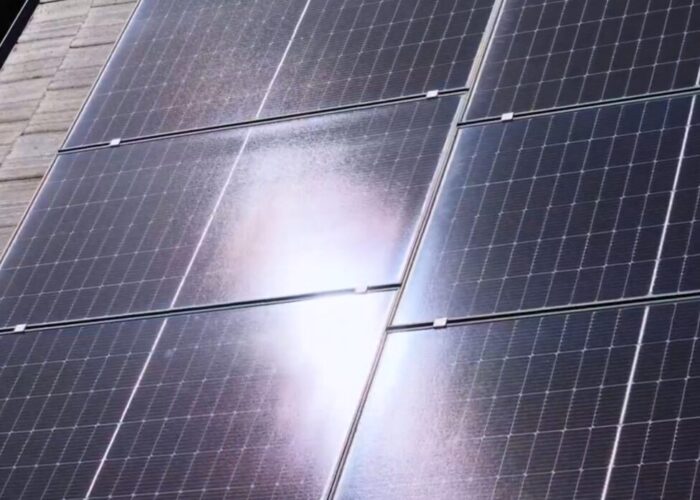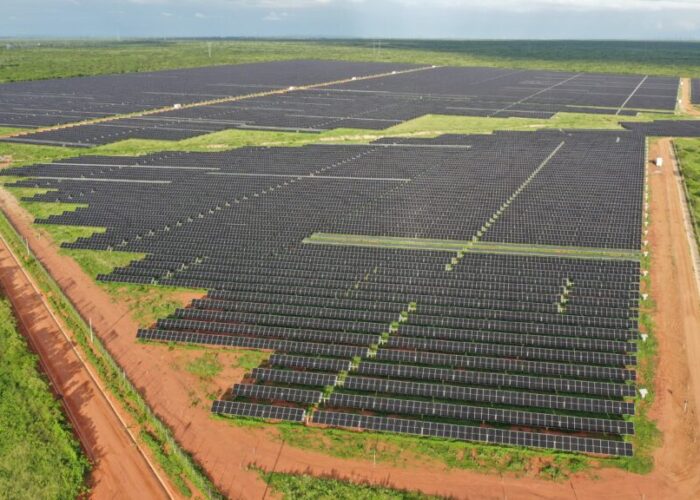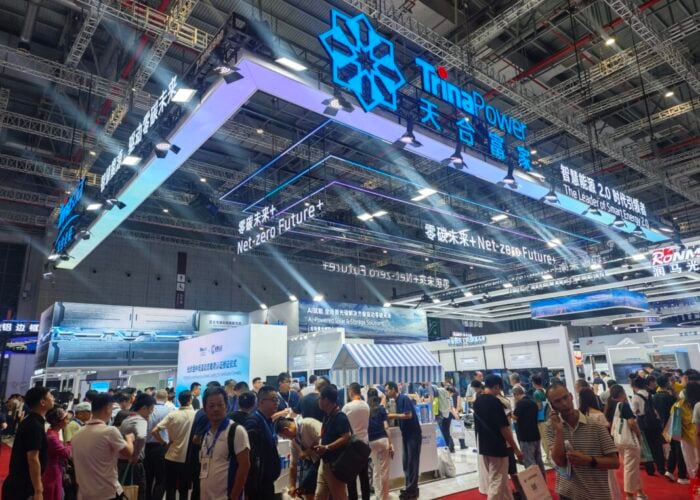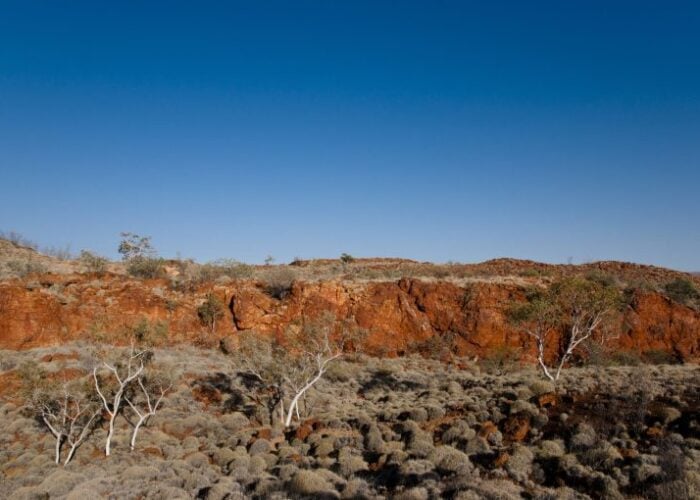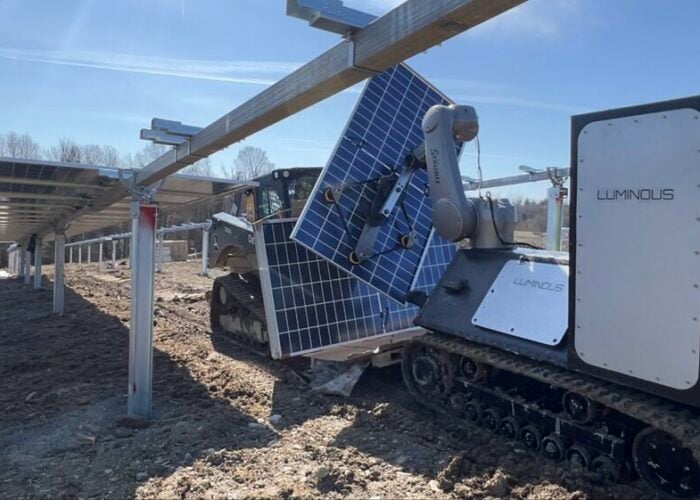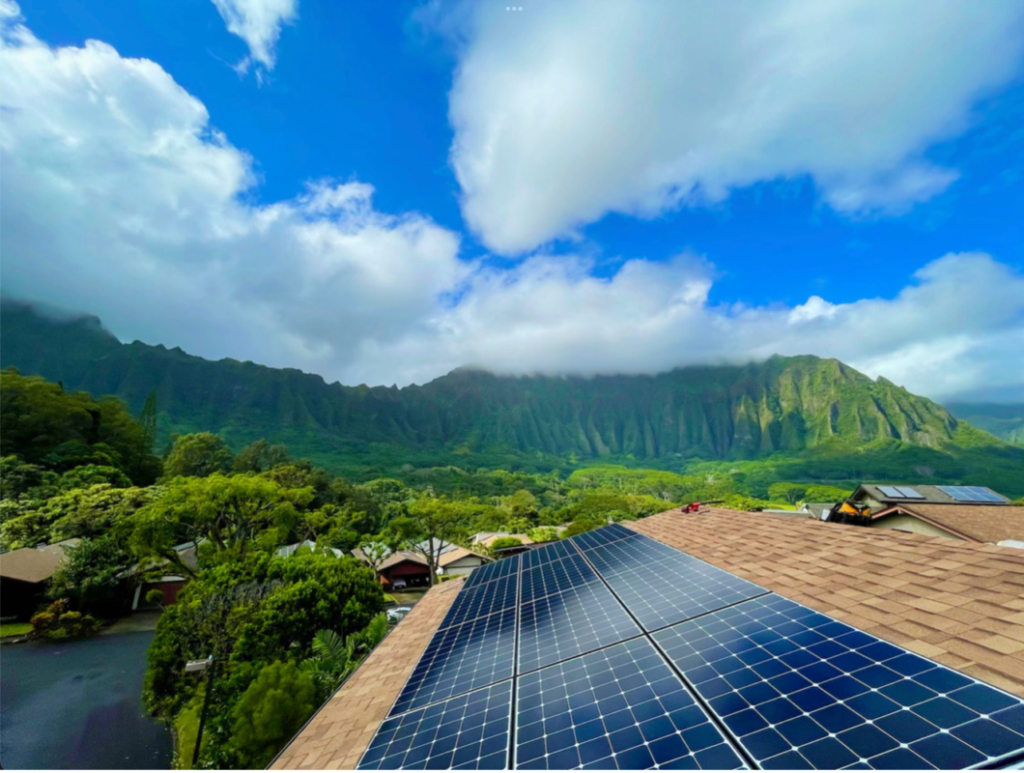
Advocates of clean energy in the US need to step up at local and state levels to counter uncertainty at federal level, in the same way that Hawaii’s latest executive order goes against the grain with an ambitious goal of distributed renewable energy systems.
That’s according to Rocky Mould, executive director of Hawaii Solar Energy Association (HSEA), who told PV Tech Premium how the new push for 50,000 solar-plus-storage systems in five years fills the gap created at the federal level with the looming threats of policy changes and tariffs.
Unlock unlimited access for 12 whole months of distinctive global analysis
Photovoltaics International is now included.
- Regular insight and analysis of the industry’s biggest developments
- In-depth interviews with the industry’s leading figures
- Unlimited digital access to the PV Tech Power journal catalogue
- Unlimited digital access to the Photovoltaics International journal catalogue
- Access to more than 1,000 technical papers
- Discounts on Solar Media’s portfolio of events, in-person and virtual
“We need to fend for ourselves, unfortunately, because we’re not sure what’s going to be coming,” he said.
In late January, Hawaii Governor Josh Green signed this new executive order aimed at dramatically accelerating the deployment of distributed solar and energy storage. The order sets an ambitious goal of installing 50,000 new distributed renewable energy systems by 2030 – an average of 10,000 installations per year over the next five years.
Mould welcomed the move, emphasising its potential to drive Hawaii closer to its pioneering 100% renewable energy goal by 2045 from its current standing of 35% renewables.
He explained how feasible the new target is, how it shines a light on the need for a working grid services programme and how the order can help address the fallout from the devastating Maui wildfires, adding: “This executive order puts our governor and our state firmly on the side of accelerating rooftop solar and energy storage as fast as we can.”
How storage became central to Hawaii’s solar lineage
Hawaii has long been at the forefront of renewable energy adoption, while also standing out with a unique focus on distributed rooftop solar and behind-the-meter energy storage. The state currently generates around 35% of its energy from renewable sources, with distributed solar contributing 47% of that mix. Supportive policies like the now-defunct net energy metering programme played a crucial role in this growth.
“The key feature of the net energy metering programme that really drove adoption of solar in Hawaii was crediting back for exports,” Mould said. “Excess energy that was exported to the grid was credited back at the full retail rate. That, on top of a federal tax credit and a state tax credit, really provided an impetus to get the ball rolling here.”
However, when the programme was shut down in 2015 and replaced with interim programmes offering lower export rates, the solar industry took a hit.
“We contracted – we had layoffs and business closings,” said Mould. “It was really disruptive for our industry.”
As a result, homeowners were pushed toward installing battery storage alongside their solar panels, leading to Hawaii’s current landscape where 95 to 98% of all new solar has storage attached to it, which is “orders of magnitude higher than anywhere else”.
One of the key challenges the new executive order seeks to address is the need for stronger grid service programmes to incentivise customer participation. Mould describes Hawaii’s Battery Bonus programme, which was created in response to the shutdown of a coal plant. The programme provided financial compensation for customers who installed battery storage to their existing net energy metering (NEM) systems and to new systems going forward, helping Hawaii enrol 45MW of grid services.
“We’re still working on getting all those up on board, but we’re around 35MW now, which is a big grid services programme,” he adds.
However, a successor programme introduced in late 2023 failed to provide adequate compensation.
“The flaw in it was it set compensation for grid services at a really low rate to the point where something like 2% of customers that install new systems are signing up for the new grid service programme,” Mould explained. “It really is not a viable programme anymore. We’ve been reaching out to policymakers with alarm, saying this is causing serious disruption.”
The new executive order sends a clear message to policymakers and regulators that viable customer programmes and compensation are essential to meeting the 50,000-installation target so a redesigned programme is necessary.
Feasibility of 50,000-system target
The average system size in Hawaii is 7-10kW and Hawaii’s solar industry has demonstrated its ability to scale quickly in the past, particularly during the Battery Bonus programme, which resulted in 6,000 to 7,000 annual installations. While the new target represents a significant increase with a rate of roughly 10,000 installs per annum, Mould is confident it can be achieved under the right conditions.
“It really is an ambitious goal. We think we can hit it if we have the right programme,” he says. “We really do need to pick up the pace here.”
The Public Utilities Commission had earlier issued its new 2024 Commission Inclinations White Paper, within which it targeted 400 additional megawatts in five years. Mould points out that that would amount to 50,000 x 8kW systems, which roughly correlates with the executive order goals.
Balancing rooftop and utility-scale renewables
While some stakeholders have advocated for larger-scale solar and biofuels, Mould emphasised the importance of maximising distributed rooftop solar, particularly on Oahu, the state’s most populous island, where land constraints make large projects more difficult. The investor-owned utility on Oahu, Hawaiian Electric, has also proved something of a bottleneck.
“We really do need to target every rooftop and every kind of used space already, because there is more competition for usable land here,” he added – while pointing to solar canopy carparks as a good option.
Hawaii’s second utility, the Kauai Island Utility Cooperative (KIUC), has embraced renewables and successfully achieved high penetration rates, but it took a different approach, prioritising large-scale solar and storage projects. Kauai is a smaller island and like Maui has more space to build larger PV projects.
“They haven’t had as ambitious a growth of rooftop solar and energy storage, but they’re starting to catch up,” said Mould.
Responding to wildfires and political volatility
Beyond clean energy goals, recent events such as the Maui wildfires have added urgency to the transition. Hawaii’s primary utility, Hawaiian Electric, is facing financial strain and potential liability from the fires, further highlighting the need for distributed energy solutions.
“Part of the impetus of this order is highlighting those concerns and those needs and figuring out ways that the government and private sector can work together to help fill those holes,” Mould said.
Additionally, uncertainty at the federal level, including concerns over tariffs and funding freezes, has prompted Hawaii to take greater control over its energy future.
“We really need to up our game at the local level and at the state level, because of the uncertainty that we’re seeing at the federal level,” Mould said. “Hawaii as a state is stepping up to fill the gap and the uncertainty that’s being caused by a lot of what’s going on at the federal level right now.”
Ensuring equity in solar adoption
One of the ongoing debates in Hawaii’s energy transition is ensuring equitable access to solar for lower- and middle-income residents. Some critics argue that rooftop solar primarily benefits wealthier homeowners while shifting costs onto others. However, Mould points to the benefits of grid service programmes that allow customers to contribute energy back to the grid.
“These new grid service programmes are actually people taking private investments and helping compensate customers for those investments and allowing the utility to use energy and other grid services to balance the grid, benefitting all ratepayers as we decarbonize,” he said.
Ultimately, the new clear directive from the state government is a boon to Hawaii’s solar and storage industry in the face of difficulties at the federal level.
Mould concluded: “We applaud this ambitious goal. We’re going to do everything we can to help design programmes that will achieve it.”

